Children’s Books About Anxiety
Even before the pandemic, childhood anxiety rates were on the rise — and researchers estimate that since early 2020, worldwide rates of childhood depression and anxiety may have doubled.
New studies suggest that one in five children report suffering from anxiety symptoms, and we’re guessing that we’re not alone in saying “we’ve seen this at home.” We have a whole series dedicated to children’s mental health — it’s an overview of the problem, a primer on recognizing anxiety among children, a breakdown of how worry “works” in our minds, and a tactical guide to helping children cope with anxiety. If you have a child who leans anxious — or even if you don’t! — we hope you check it out…
And in the meantime, we’ve put together a list of our favorite children’s books about anxiety that are great ways to start a conversation with your child. Many of these make for a fantastic introduction to the general problem of anxiety — at a child’s eye level — and also offer wonderful strategies for coping.
Children’s Books About Anxiety & Worrying:
Ruby Finds a Worry, Tom Percival
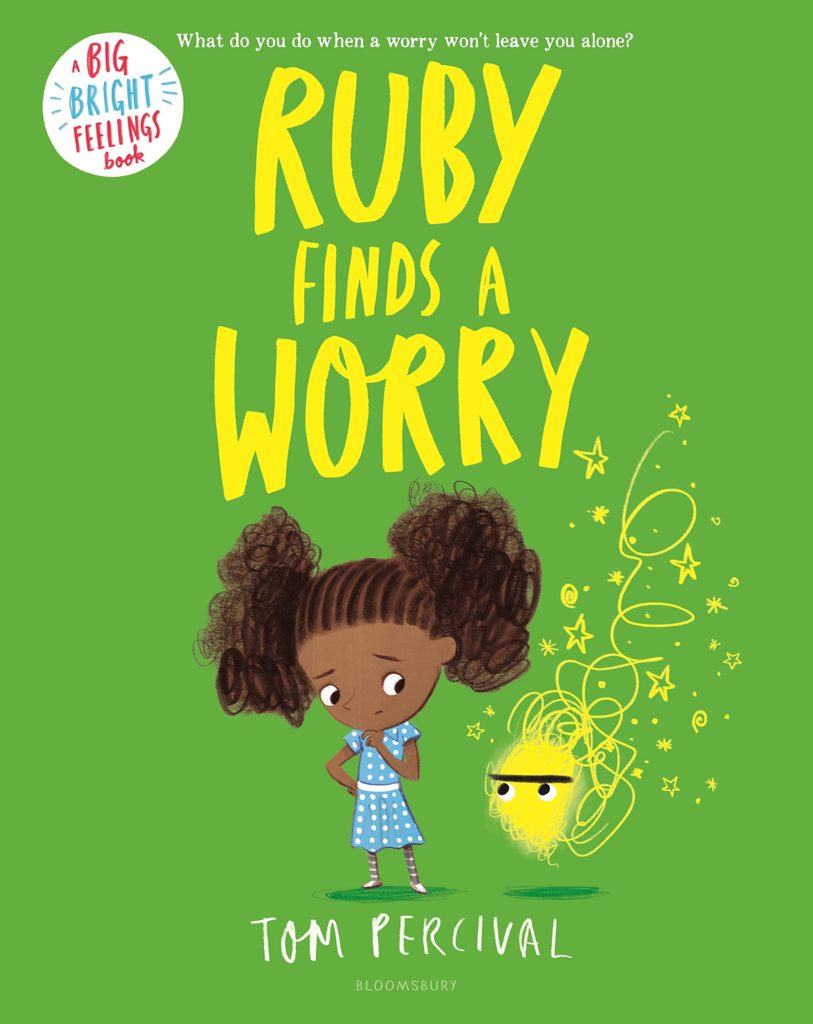
This simple, approachable story about what happens when Ruby finds a worry — and said worry spirals out of control — carries underlying messages of acceptance and openness, and subtly teaches kids how to overcome their own worries. Publisher’s Weekly adds that “Percival treats worry like a natural part of life, including the idea that sharing worries with others is a good way to ensure ‘they never hang around for long.’”


What to Do When You Worry Too Much, Dawn Huebner, illus. Bonnie Matthews
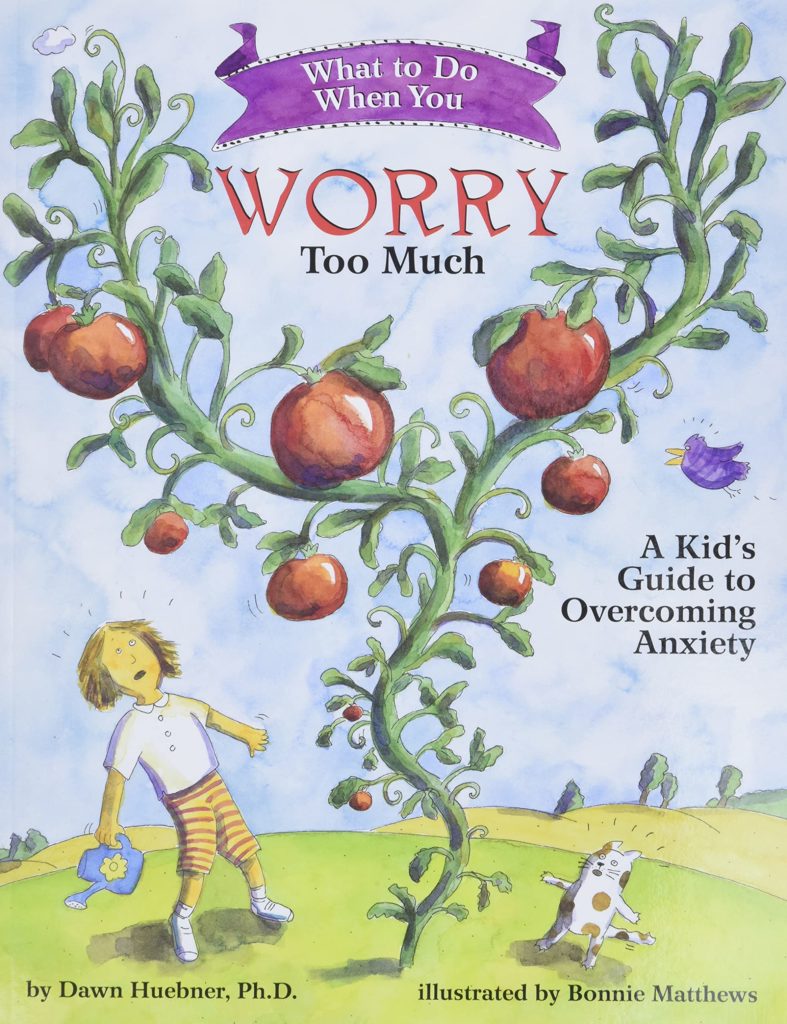
This kid-friendly, interactive guide to cognitive-behavioral therapy is a step-by-step activity book that walks children through different ways to identify, process, and overcome their anxieties. *Best for older school-aged children.
A note: most families rave about this book and the tools it provides for children, but some parents say the examples throughout actually introduced new scenarios to worry about. There’s so much of value here, but if you’re concerned about this you may want to screen which chapters to work on with your child.


Right Now, I Am Fine, Dr. Daniela Owen, illus. Gülce Baycik
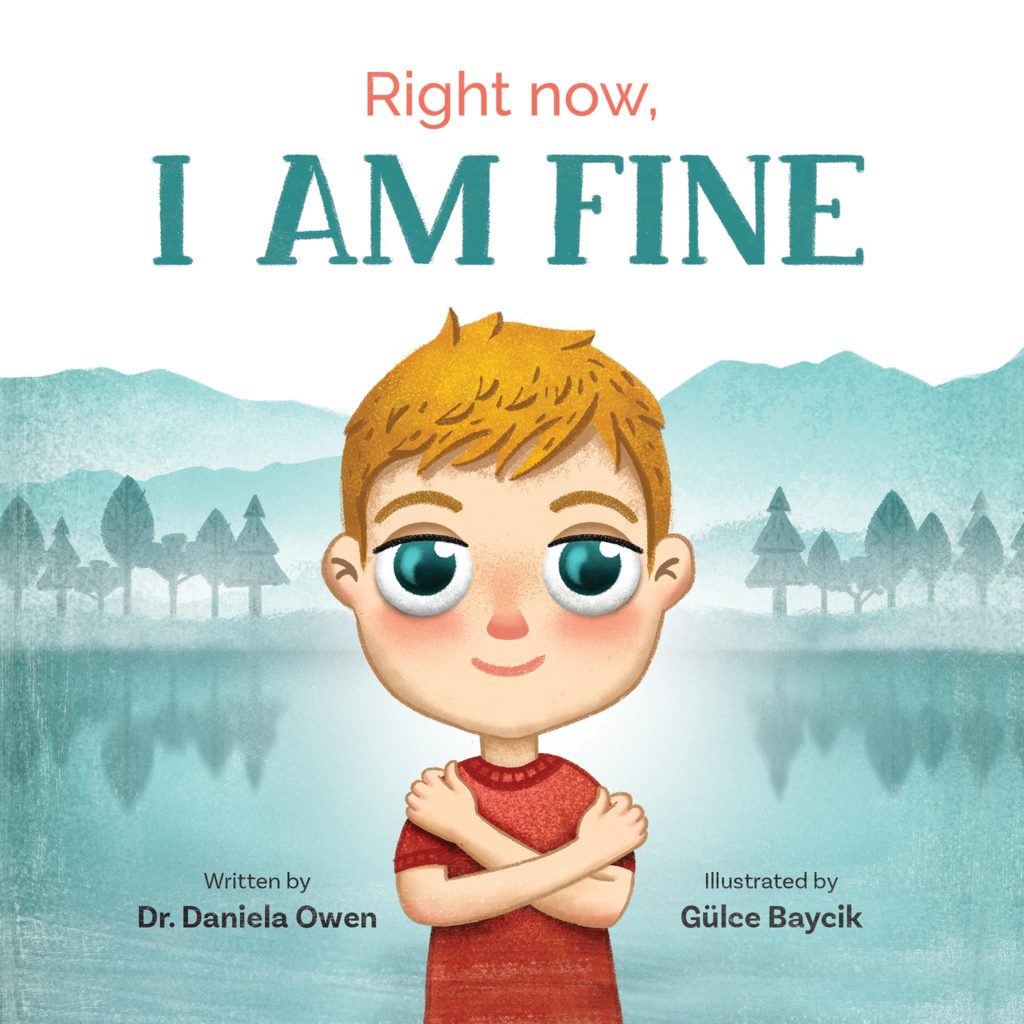
This book focuses on mindfulness and calming strategies as means to overcome big-picture worries — many parents say this was a godsend during the tense stay-at-home months of the pandemic.
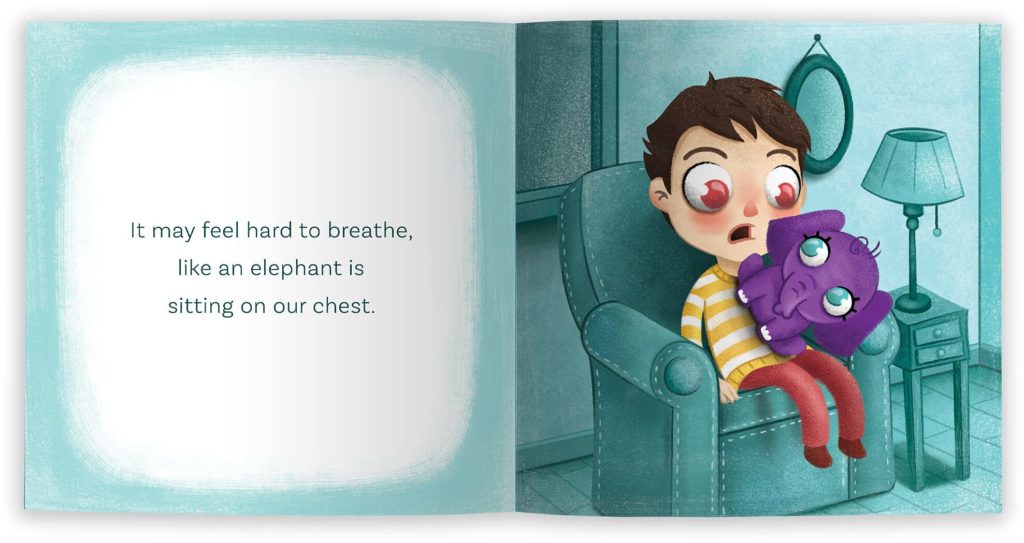

What Do You Do With a Problem?, Kobi Yamada, illus. Mae Besom
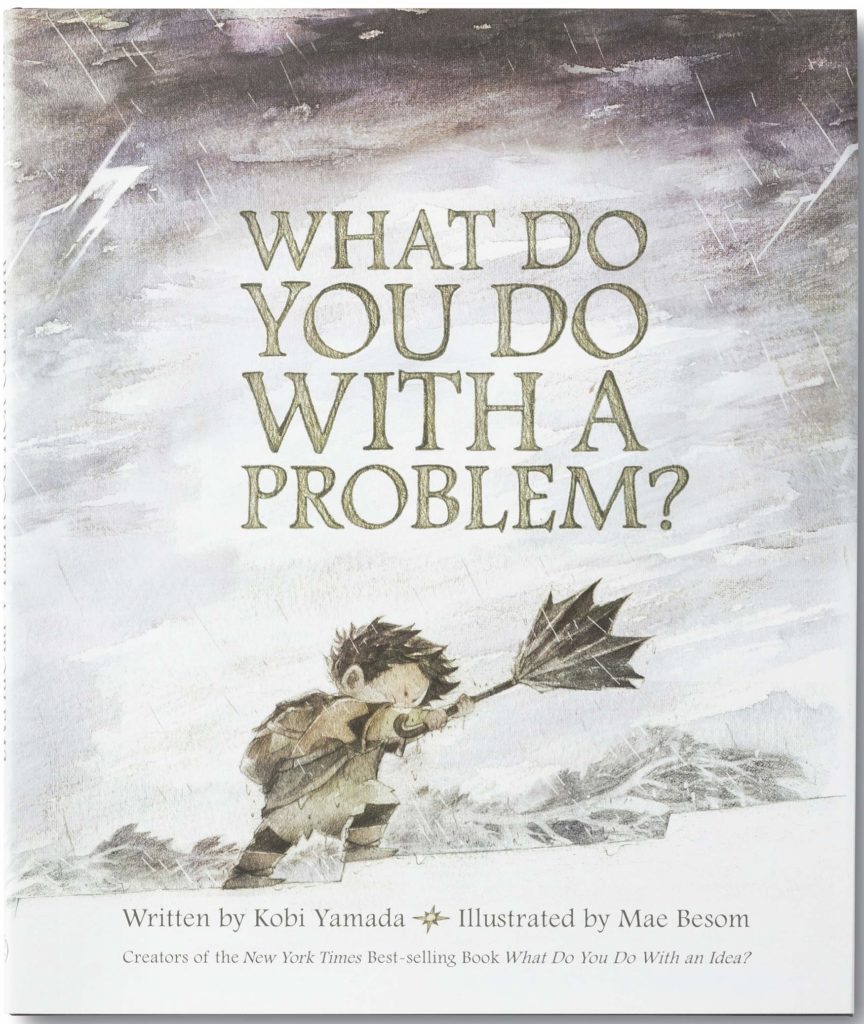
This beautifully illustrated book about what happens when you encounter a problem and ignore it (and it grows…) touches on emotions, procrastination, and reframing, and it’s seriously encouraging.
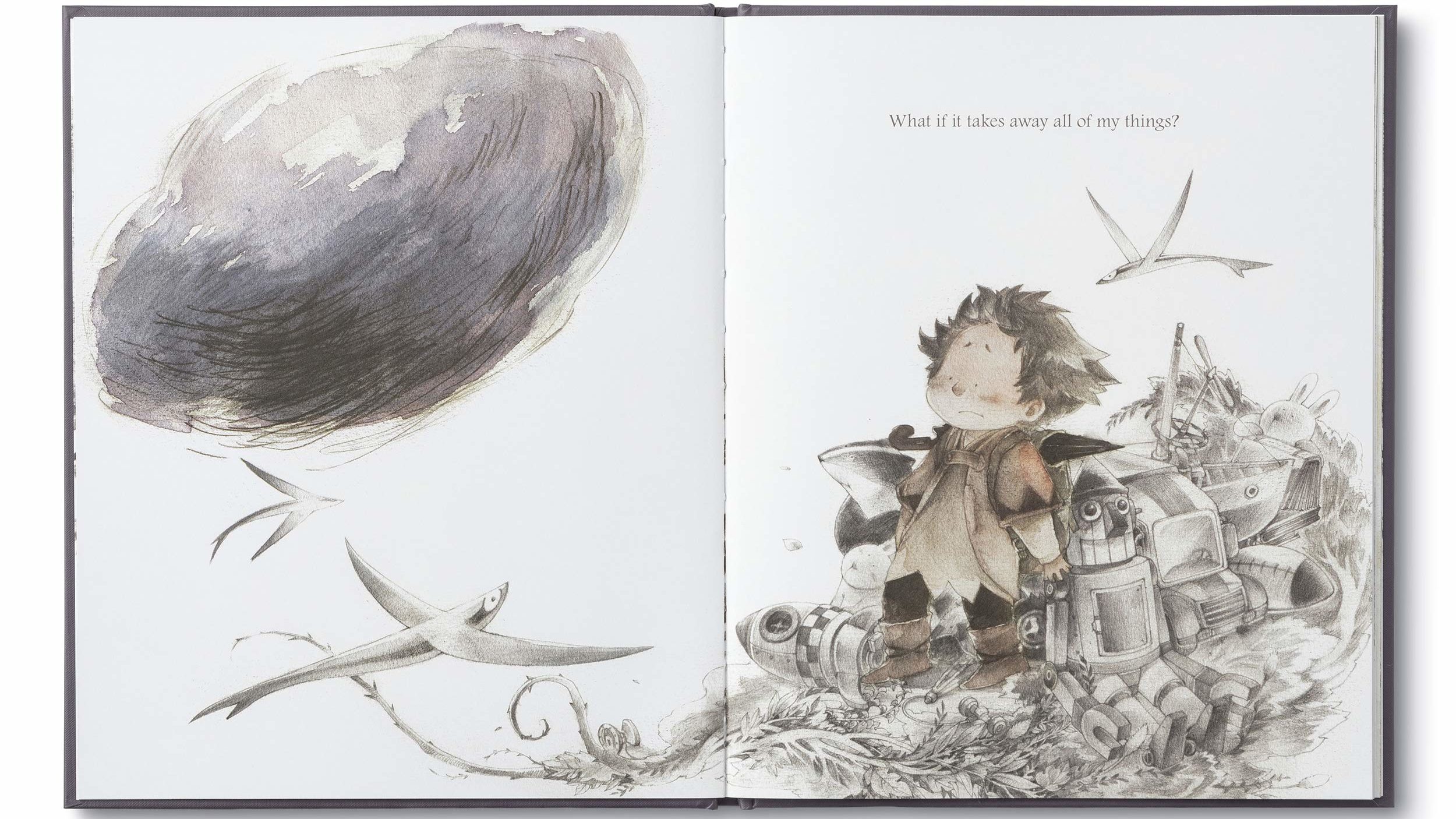

After the Fall: How Humpty Dumpty Got Back Up Again, Dan Santat
This inventive and critically-acclaimed children’s book about Humpty Dumpty’s life after the fall — when he’s afraid of heights — is an all-around crowd-pleaser. “More than a nursery rhyme remix,” says Publisher’s Weekly, “Santat’s story speaks boldly to the grip of fear and trauma, and to the exhilaration of mastering it.”
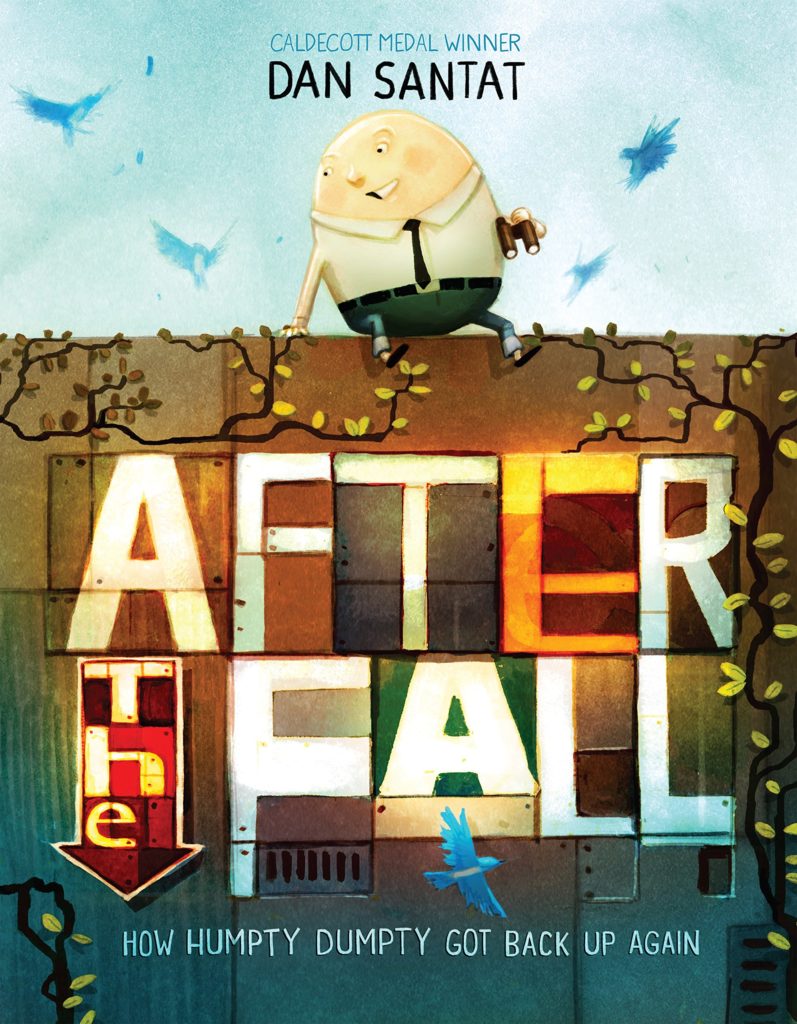

Guts, Raina Telgemeier
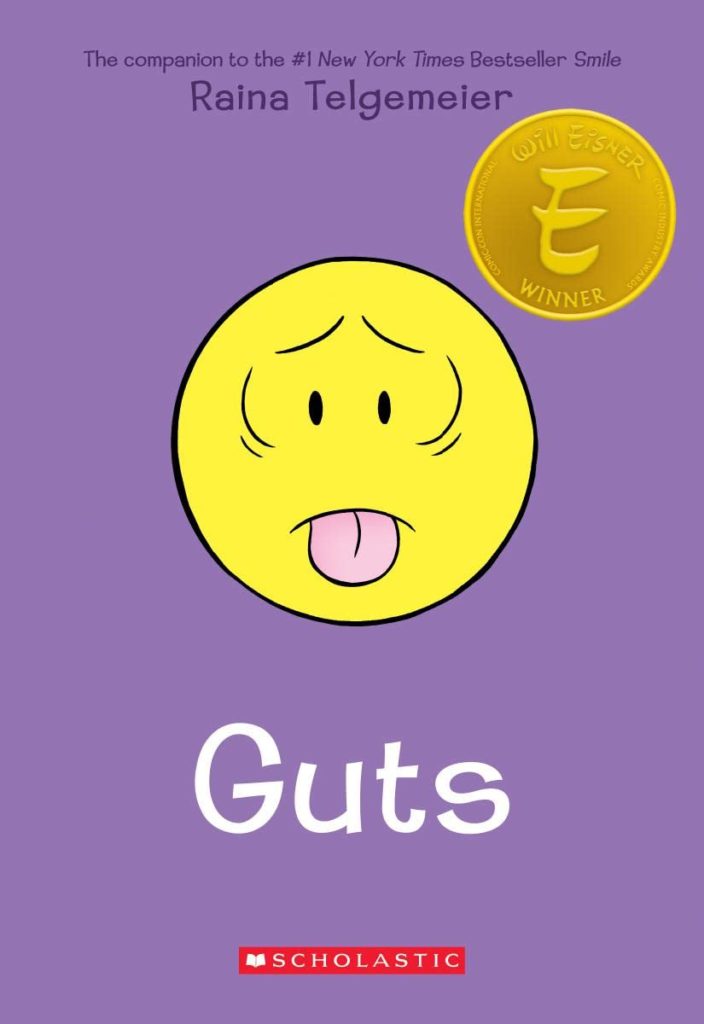
This engaging graphic novel about the author’s own experience with bullying, intense anxiety, and physical illness in later elementary school is extremely relatable, even for adults. We love that it normalizes therapy, too. *Best for older school-aged children.
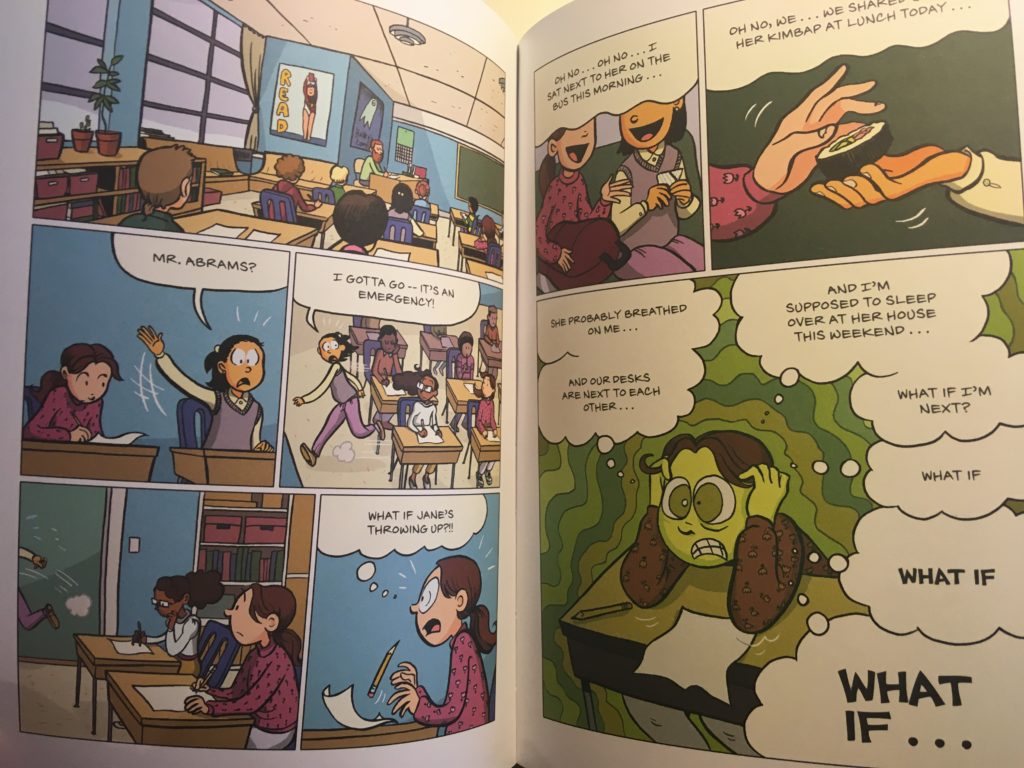

A great reader recommendation for bedtime worries — Dream Rock, Tammy Hawkins, illus. Sawyer Cloud
This soothing story about using a dream rock (and dream prompting) works to push bedtime anxieties out of the way — and make room for calming, uplifting thoughts. Many parents swear by it, and the book comes with a “real” dream rock.
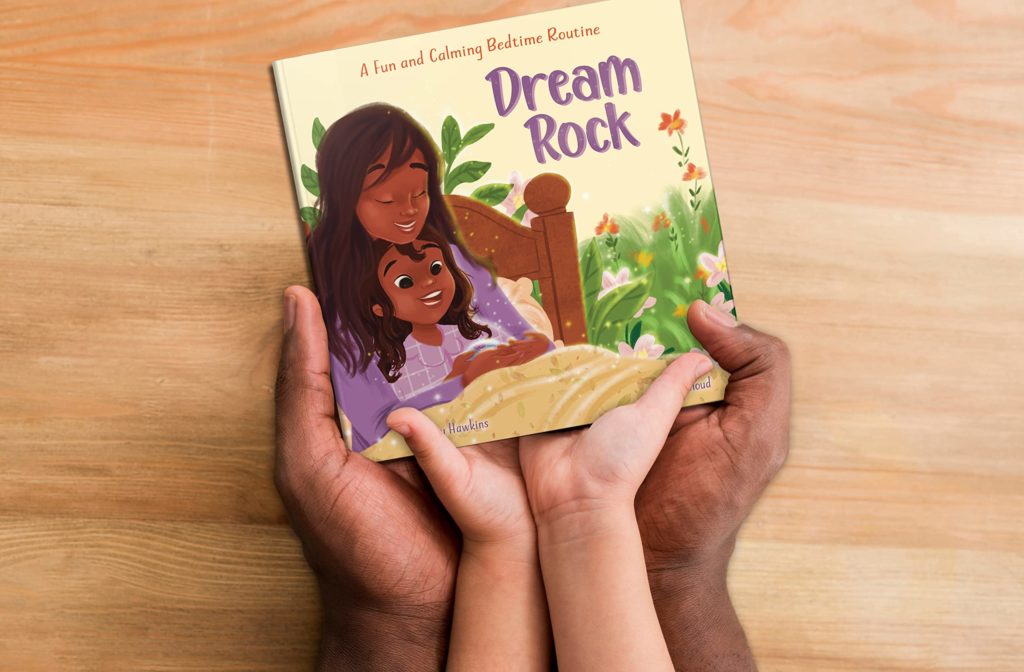

A Little Spot of Anxiety, Diane Alber

This book from the A Little Spot series is simple but so effective — it teaches kids to identify their feelings and explains various ways to manage them in practical, easy-to-understand language. The imagery — the spot — is also a great visualization tool in itself for kids of all ages.
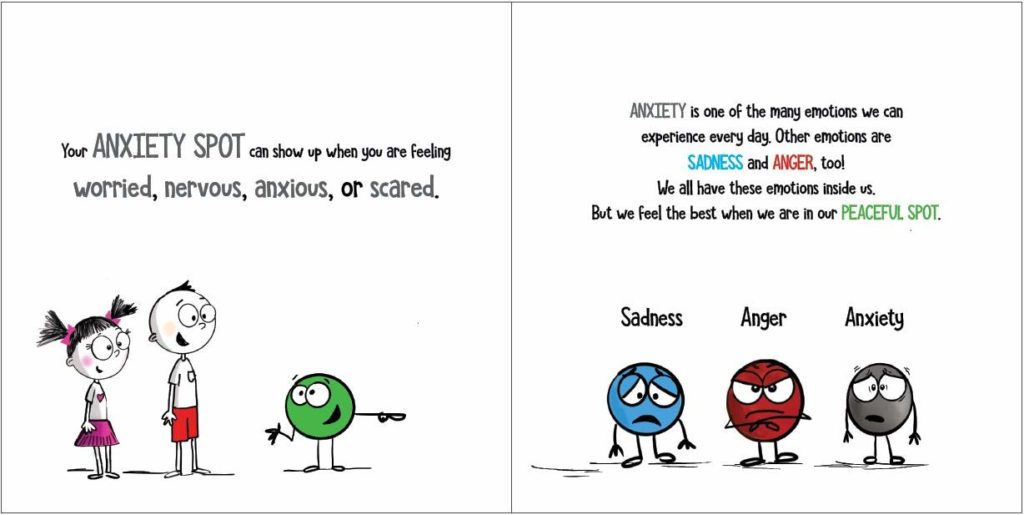

Brave As Can Be: A Book of Courage, Jo Witek, illus. Christine Roussey
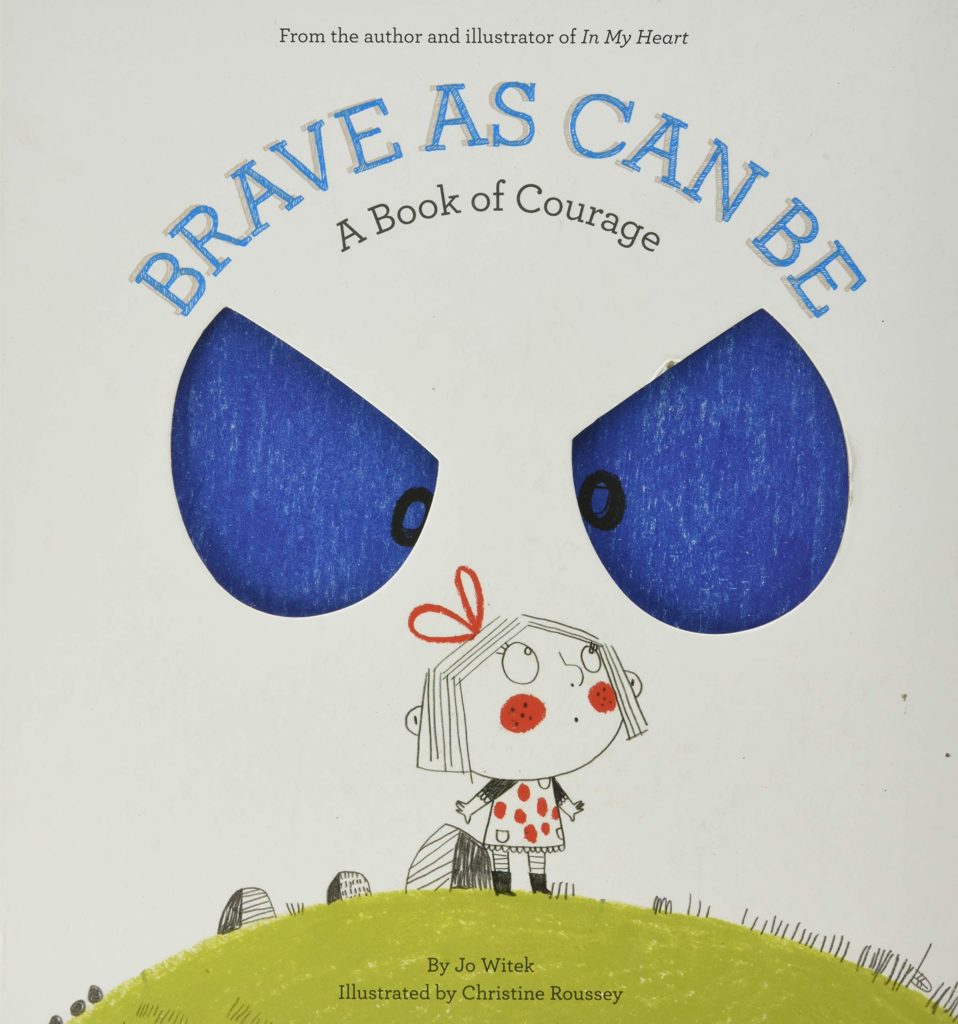
This sweet, die-cut book follows an older sister telling her younger sister about some of her former fears and how she overcame them. It’s not as tactical as some of the other titles on our list, but it normalizes everyday worries and is a great choice for children with low-level fears/anxieties.
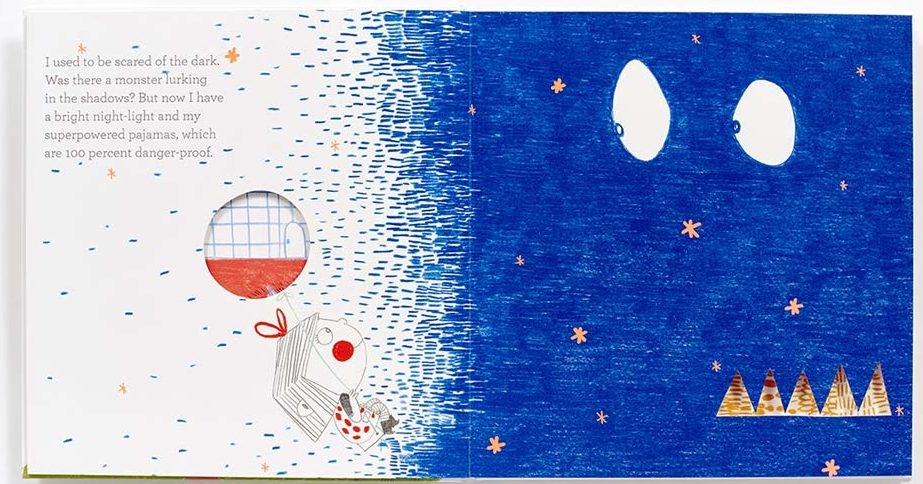

How to Draw Animals: For the Artistically Anxious, Faye Moorhouse

This guide includes 40 different animals, each paired with fun characteristics and features kids can choose from — it’s a great calming, meditative activity for children who are currently upset, and the practice of choosing how to depict each animal is a great way for them to get in touch with their feelings. We like using it as a question prompt, too, i.e. “Why do you think the flamingo was daydreaming? What do you think she was thinking about?”
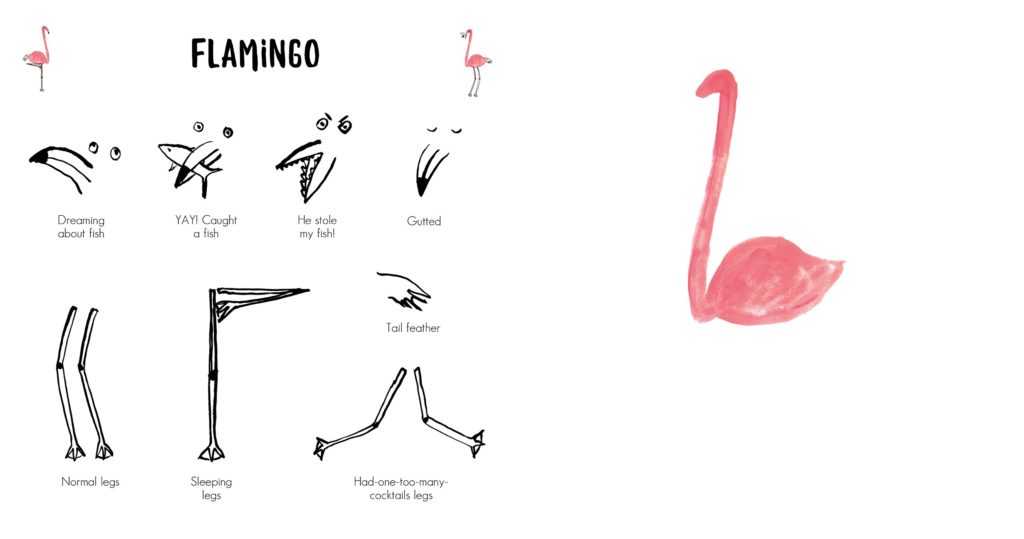

What are your favorite children’s books about anxiety? Let us know in the comments!
Dream Rock by Tammy Fort is a wonderful book that includes a bedtime routine for kids who have trouble falling asleep due to worry. The author lost her mother at a very young age and dealt with a lot of nighttime fears. When we purchased the book, I thought it was colorful and beautiful, but didn’t think my kids really “needed” a book to help with bedtime anxiety. I thought they were just exhibiting normal toddler bedtime resistance. I was so surprised how quickly they latched on to the story and how often they request the book and/or routine. It turns out they DID have some bedtime anxieties but had not yet been given the words to describe it. I don’t remember what the author’s age recommendation is, but I think it would probably be appropriate for kids as young as 2 and probably as old as 10.
Sorry, it’s by Tammy Hawkins! Dream Rock us by Tammy Hawkins. Gotta love mom brain.